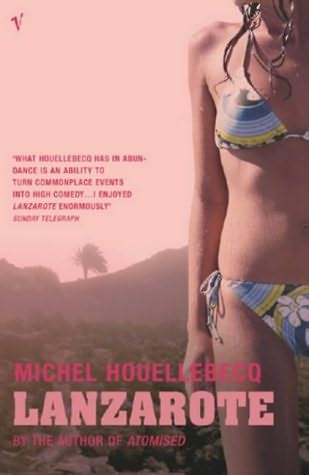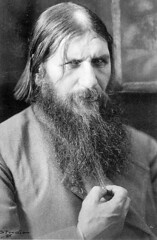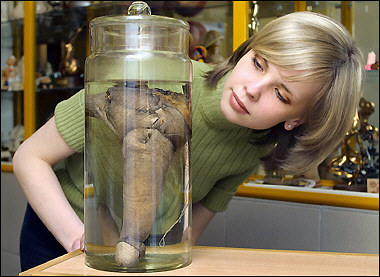The past few months I’ve been absolutely smitten with the ornamental print. Interest in these as part of the Old master print aesthetic dates only from the 1870s (when the first museums of applied arts were founded in Europe) and has been on the rise the last few years, thanks to sites such as Il Giornale Nuovo and its heir BibliOdyssey. My fascination with them was rekindled recently by taking the book Quatre siècles de Surréalisme out of my library in September. This post is meant to give you the highlights of my research in the field the past few months.
Thus, ornamental print highlights include:
Elephant coming out of a chimney[1] by Wendel Dietterlin, Bouquet on back of peddler[2] by Isaac Briot, Habit d’orfèvre[3] from Les costumes grotesques et les métiers by Nicolas de Larmessin II, Leviores et (ut videtur) extemporaneae picturae[4], Mask with dishes around the eyes and pointed serrated crests on the cheeks and forehead[5], Cartouche in auricular style (Johannes Lutma)[6], Fontaine Rocaille[7] by Gabriel Huquier, Mascarade à la Grecque album, Jeune Moine à la Grecque [8][9], Œuvre de Juste-Aurèle Meissonnier frontispiece[10], Auricular Cartouche with Figures within a Strapwork Frame[11], An antique vase with handle formed by a dog[12] by Enea Vico, Neuw Grottessken Buch by Christoph Jamnitzer [13], Balançoire chinoise[14] by Jean-Baptiste Pillement.
Some perennial favourites, which cannot be strictly called ornamental prints, need to be mentioned here: Bizzarie di varie figure by Bracelli, Varie Figuri Gobbi by Callot, Les Songes Drolatiques by Desprez, the grotesques of Arent van Bolten[15], the Geometria et Perspectiva by Lorenz Stöer, Scenographiae, sive perspectivae by Hans Vredeman de Vries[16] and Perspectiva Corporum Regularium[17] by Wentzel Jamnitzer.
Illustrations: Fantastic Sea Carriage by Cornelis Floris and Poop of the Soleil Royal by Jean Bérain the Elder.








